Pliosaurus
Name Origin
Nearer to Lizard
Family
Pliosauridae
Classification
Diapsida, Sauropterygia
Habitat (Discovery Location)
United Kingdom, Chile, Colombia
Period
Late Jurassic
Length
Approximately 16 meters
Weight
Approximately 4.5 tons
Diet
Carnivore, Piscivore (Meat- and fish-eater)
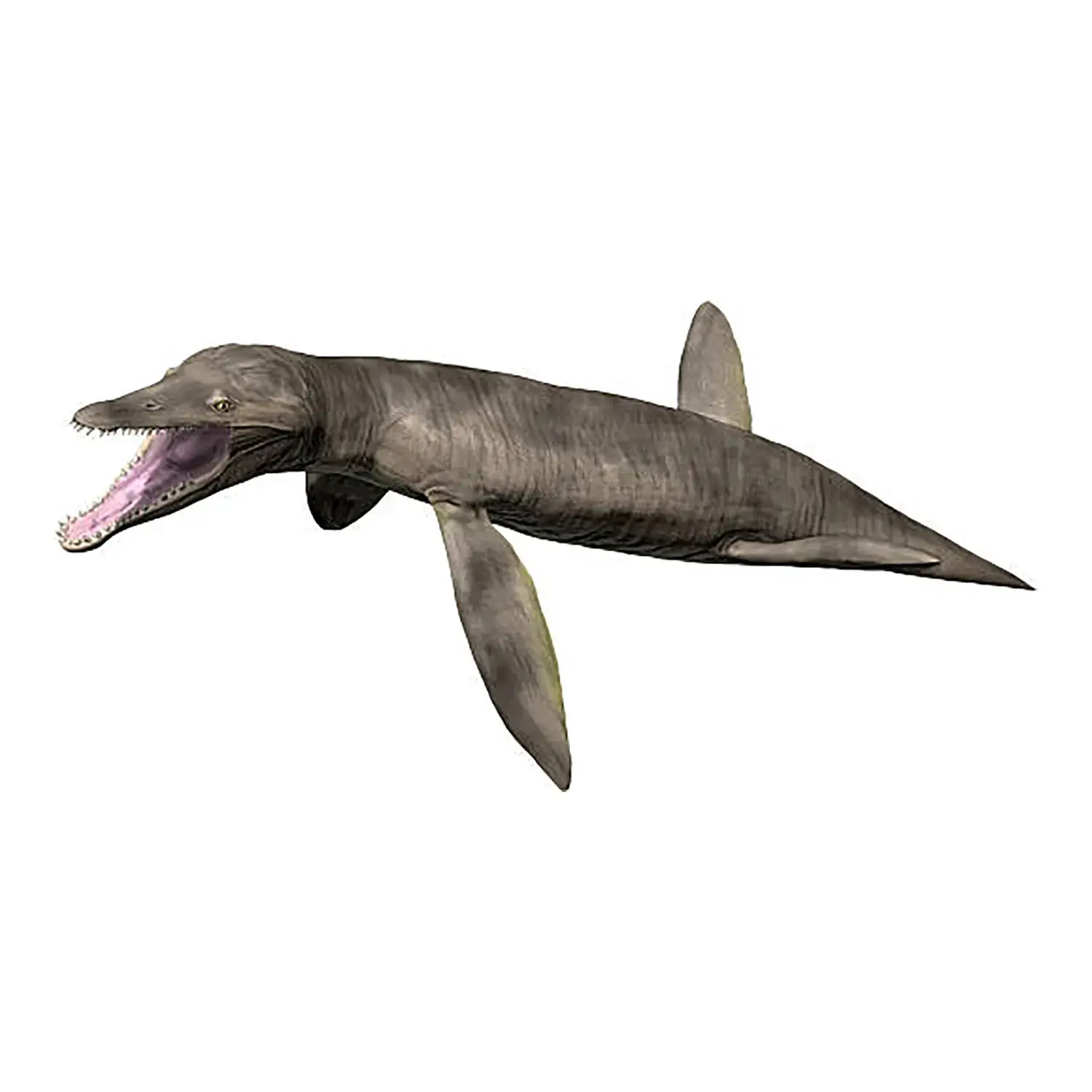
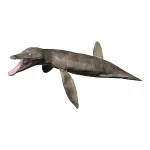
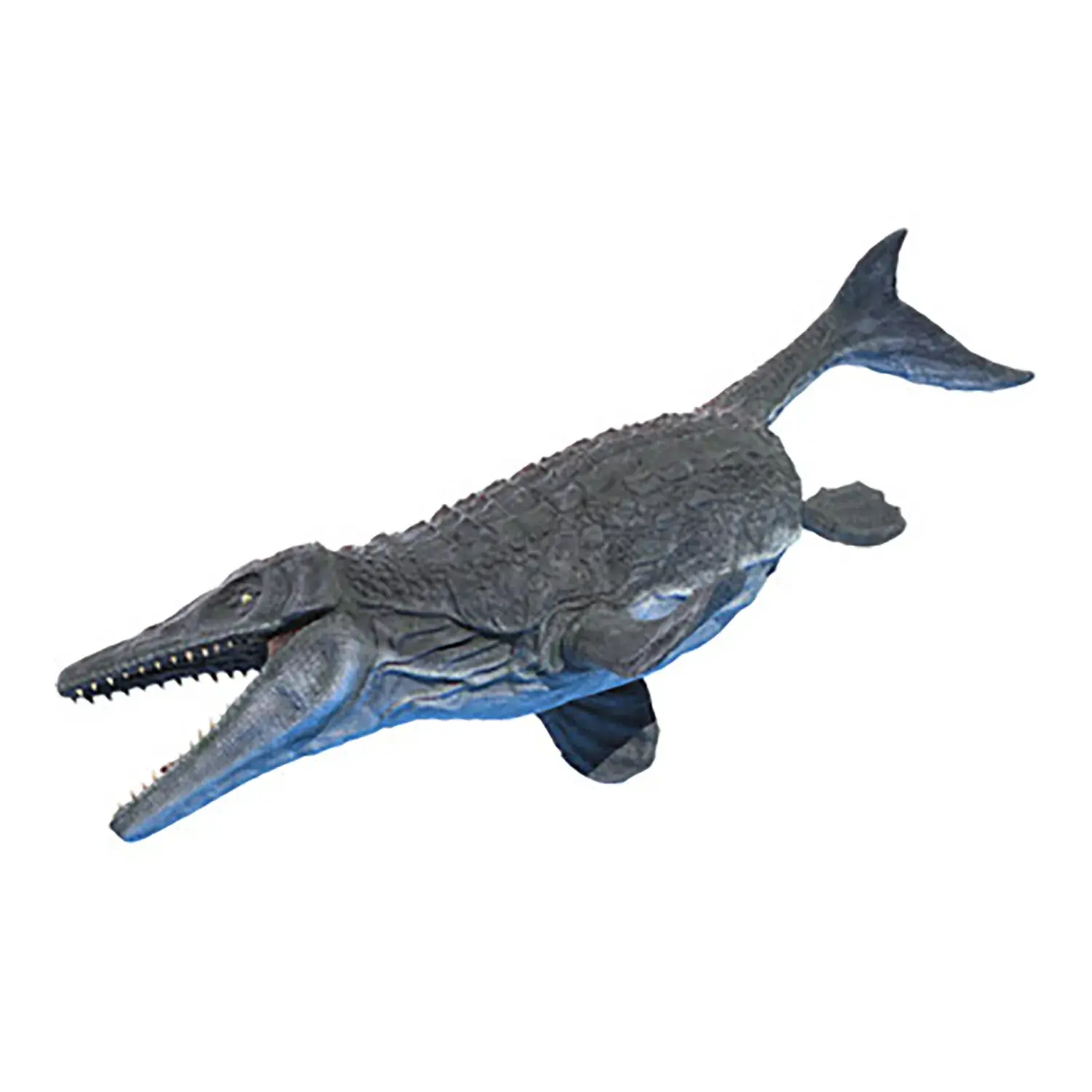

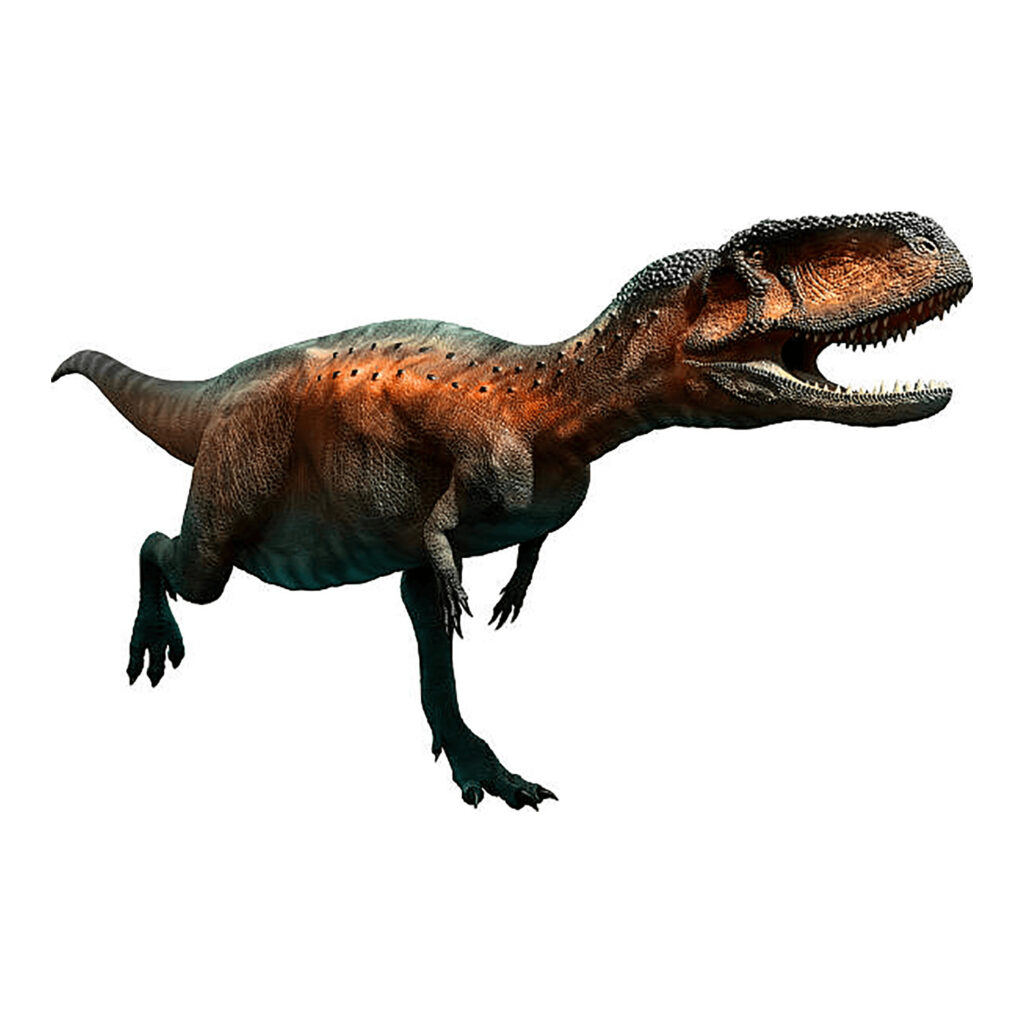
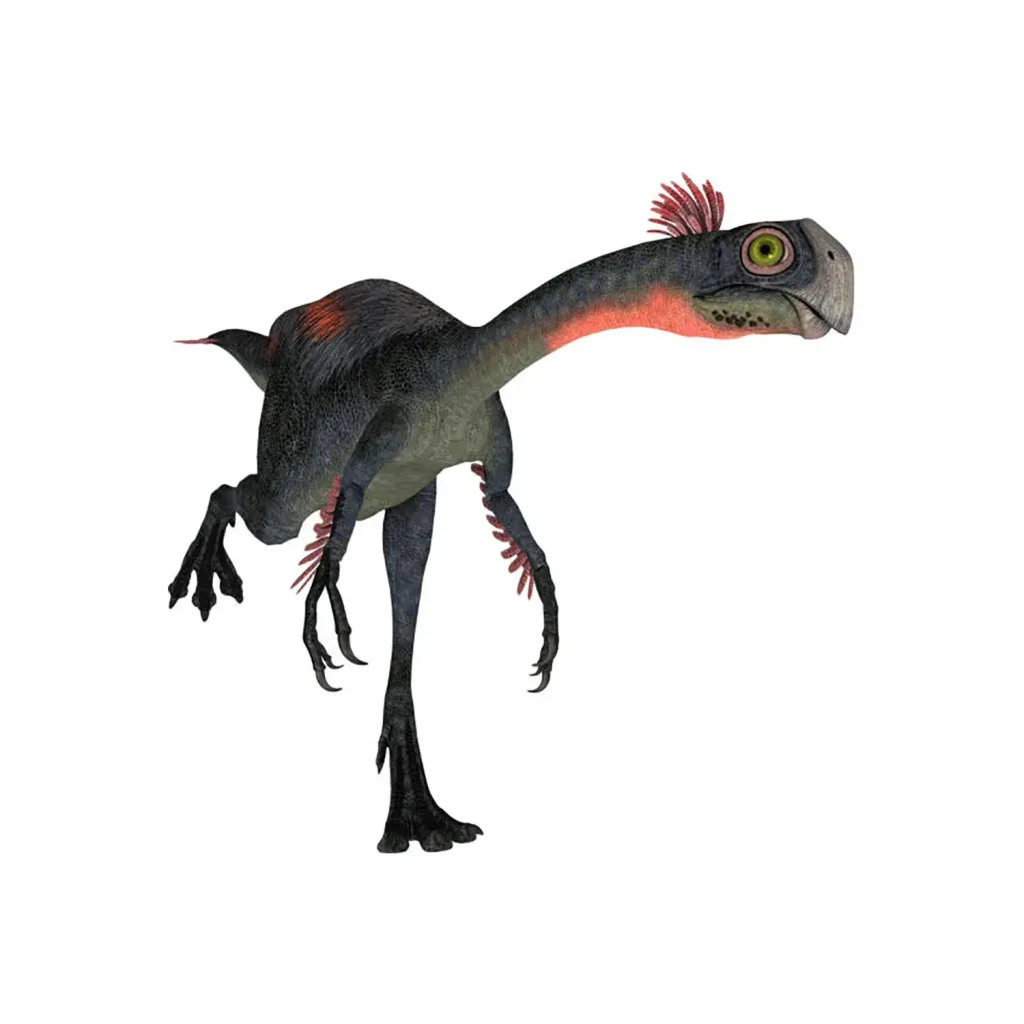
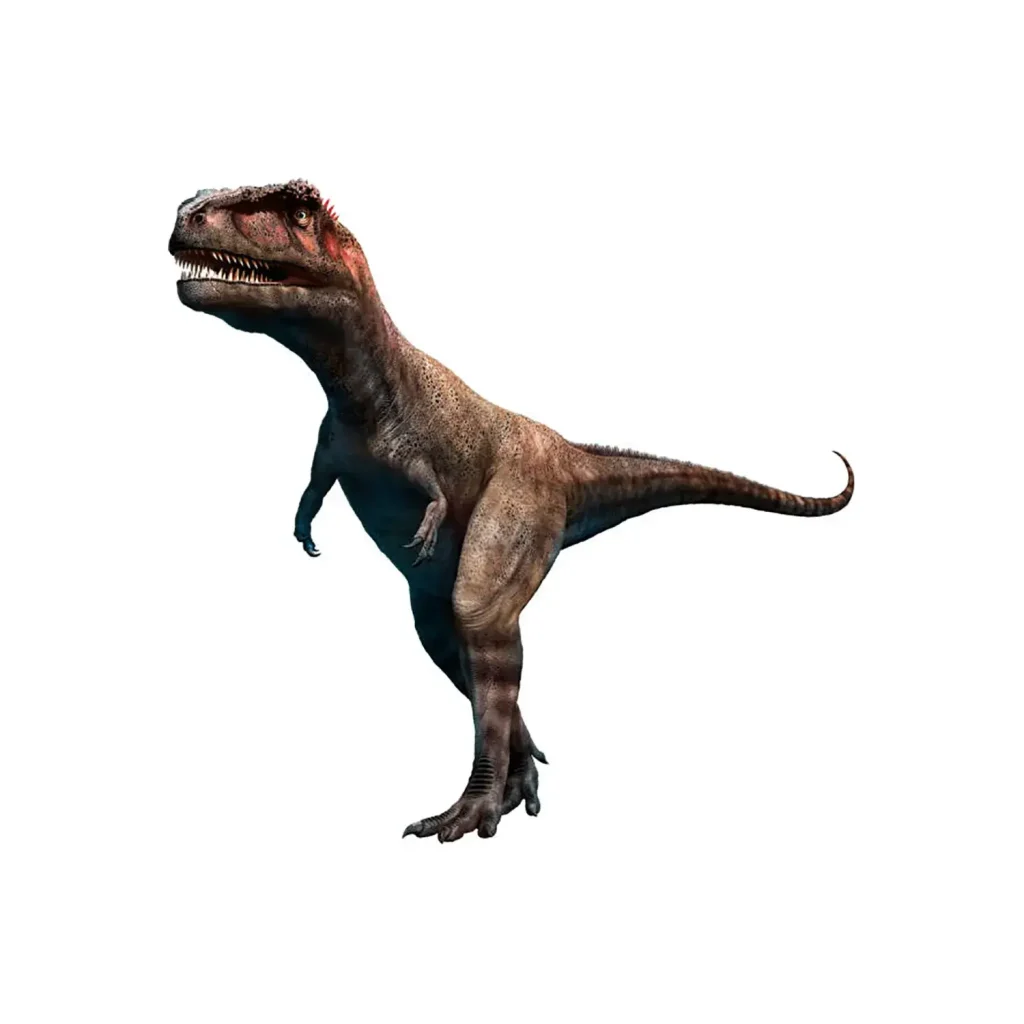
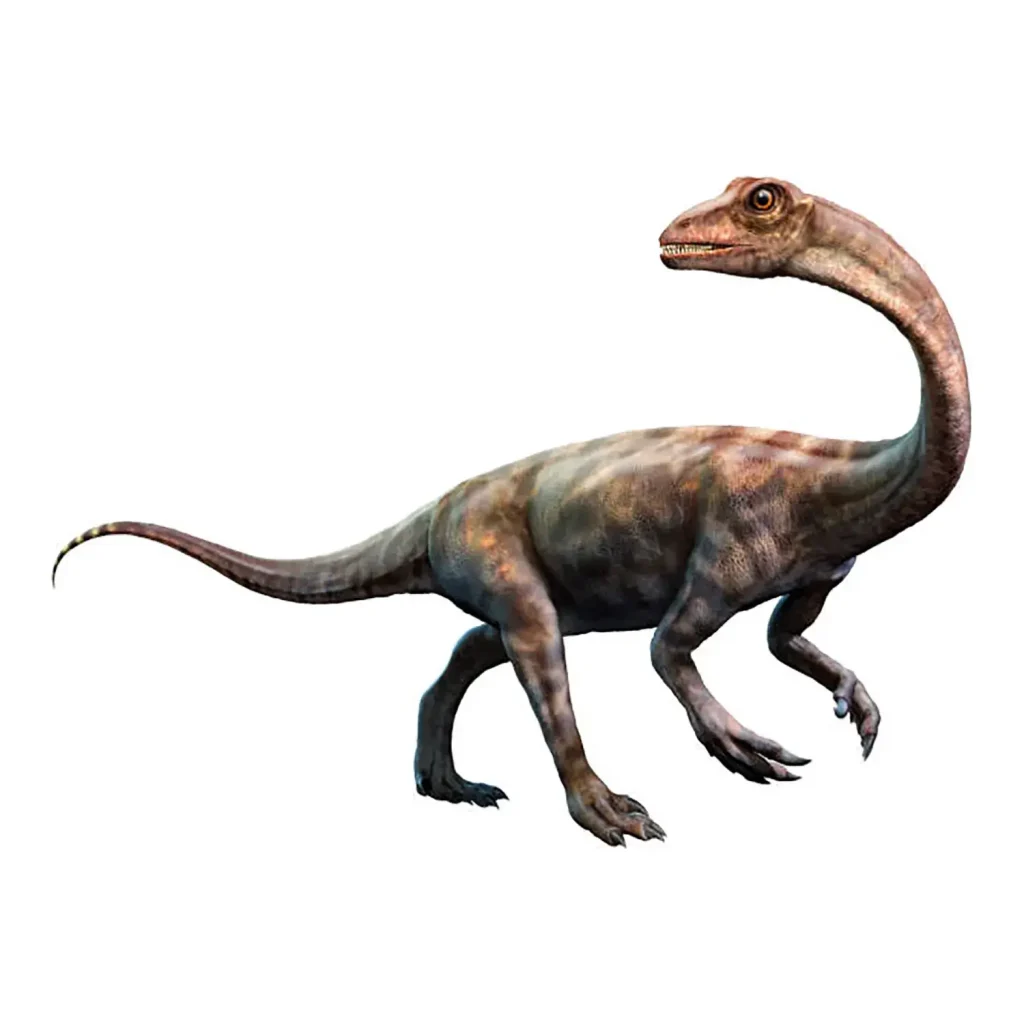













Description
Pliosaurus was a species of plesiosaur that lived in the seas of Europe and South America during the Late Jurassic period.
It was also known as “Predator X” because of its powerful jaws and overwhelming aggression.
Alongside Kronosaurus and Liopleurodon, it reigned as an apex predator in the oceans of its time.
Colossal Head and Jaws that Surpassed Land Animals
Pliosaurus is known for its massive head and formidable jaws.
The size of its skull far exceeded the typical standards for a plesiosaur.
Largest Skulls and Body Shape
Pliosaurus belonged to the Pliosauridae family, which is characterized by a short neck and a large head.
One specimen is known to have had a skull estimated to reach 2.5m in length, and an individual excavated in 2009 had a skull measuring 2.4m and a total body length of 16m.
Form
It had an unusually short neck for a plesiosaur, a round, barrel-like body, and a physique similar to Mosasaurus.
Its short neck and large skull suggest that it adopted a ferocious hunting style, biting its prey in a swift, single lunge.
Powerful Jaws and a Brain Similar to the Great White Shark
Pliosaurus’s jaw strength was immense, possessing a destructive power feared unanimously by all sea creatures.
Weaponry
It used its sharp, rowed teeth and sturdy jaws to attack and feed on fish, cephalopods, and even other marine reptiles.
Its prey included fish, ammonites, and large squid.
The Amazing “Funnkei” Specimen
The Pliosaurus funkei specimen discovered in Norway was found to have a brain shape and ratio similar to that of the modern Great White Shark, supporting its high predatory ability and strategic hunting skills.
Evolutionary Mystery: Why Did Its Neck Shorten?
The fact that Pliosaurus, a member of the plesiosaur group, had a short neck is a fascinating point in its evolution.
Two Main Lineages from the Ancestor
Plesiosaurs branched into two major lineages during their evolution:
Elasmosaurids (Long-Necked)
A group with long necks, like Elasmosaurus.
They lived in shallow waters, foraging for food on the seabed or reaching their necks up to the surface to target smaller prey.
Pliosaurids (Short-Necked)
A group specialized in hunting large prey in deep water, characterized by short necks and massive heads.
Pliosaurus established its niche as a powerful predator by shortening its neck and maximizing the size of its skull.
The Origin of Its Name: “Nearer to Lizard”
Pliosaurus was named by Richard Owen, the scientist who coined the word “dinosaur.”
Because the shape of Pliosaurus’s teeth was similar to a crocodile’s, it was named after the Greek words meaning “nearer to lizard” compared to Plesiosaurus.
This suggested that Pliosaurus held an important evolutionary position, linking the plesiosaur lineage with the crocodile lineage.
High-Speed Swimming in the Ocean
Pliosaurus had four powerful flippers.
Analysis of the flipper bones suggests that it primarily used its forelimbs for swimming and its hind limbs for propulsion when accelerating to chase prey.
It was capable of incredible bursts of speed, darting like a torpedo the moment prey entered its range, capturing it almost instantly.
Pliosaurus coexisted with Liopleurodon, which had long ruled the Jurassic seas. It is believed to have taken over their territory and flourished widely after a fierce struggle for survival.